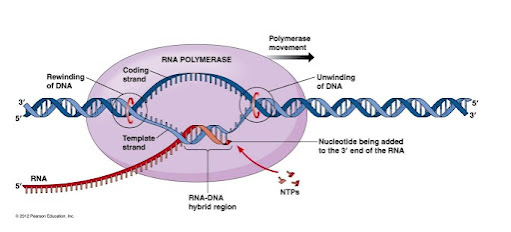MOLICULAR BIOLOGY
Fine structure of gene:
History:
The term gene was introduced by Johanssen in 1909 basedon Mendelian factors.
Classical definition of gene:
“ Gene is the unit of function ( one gene specifies one character), recombination, and mutation”.
Modern definition of gene:
“ Gene is the unit of genetic information i.e. the sequence of DNA that specified recently, locatable region of genomic sequence, corresponding to a unit of inheritance, which is associated with regulatory regions, transcribed regions and /or other functional sequence region.
Essential features of gene:
Determines the physical as well as physiological characters
Situated in the chromosome.
Occupies a specific region known as locus.
Arranged in single linear order.
Includes coding as well as non-coding regulatory sequence called as Alleles.
Some have more than two alleles. Some may undergo sudden change in expression called as mutant gene(Mutation).
May be transferred to its homologous (cross over) or non-homologous counterpart ( Translocation).
Can duplicate themselves very accurately (Replication).
Synthesizes a particular protein
Determines the sequence of amino acid in the polypeptide chain( the genetic code ) known as Multiple alleles.
The genome contains genetic information that is transmitted from parents to offspring, from one generation to the next. The genome is the blueprint for the building and maintaining of organisms. In human beings, the genome comprises of 46 molecules of DNA known as chromosomes. Of the 46, 23 come from the father and 23 from the mother.
Together, these 46 chromosomes contain about 20,500 genes that are the functional units of the chromosome. Each gene more or less, encodes information that is required for one function, which may be responsible for the physical, physiological, or biochemical characteristic of the offspring.
Recent research has provided further information on gene structure, paving the way for a more specific definition of the gene and associated regions in the chromosome.
Accordingly a gene is:
is a segment of deoxyribonucleic acids
has a sequence that is unique in the entire genome
encodes information required to produce one protein, rRNA or tRNA
undergoes crossing over and mutations to become recombinant
sometimes has information that is not in one segment, but in parts spread over a region
may (and frequently does) influence other traits
may only be partially responsible for one trait while other genes also exert their influence on that trait
In light of the above definition of a gene, and further research on gene structure, it became necessary to divide the gene into further divisions called cistron, recon and muton.







